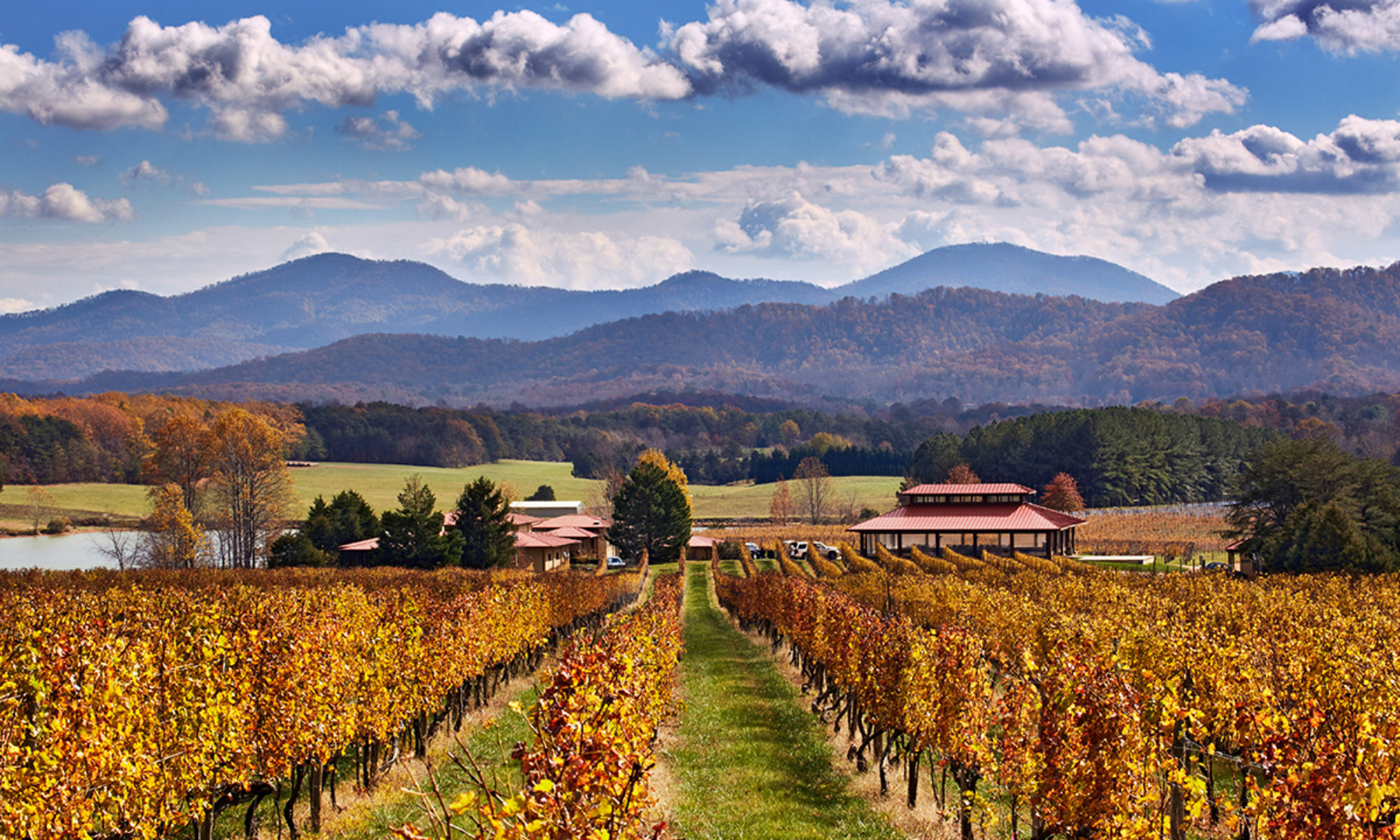A small vineyard (about four acres) and winery in North Garden, south of Charlottesville; on a gravel road off of Route 29. Loving Cup was founded by Karl Hambsch, who had previously worked at Prince Michel Winery, on his family farm. The big distinguishing feature of Loving Cup is their all-organic approach: this is one of few certified organic vineyard and wineries on the East Coast.
Wine. Among Virginia’s best 100 wineries, and one of the few certified organic wineries in the state. At the 2025 annual Virginia Governor’s Cup state-wide wine competition, the 2023 Loving Cup white, an unusual blend of Traminette and Cayuga grapes, was awarded a gold medal. Their 2021 Tellurian White (95% Cayuga white grapes, with a touch of both the very unusual St Pepin and Bianca grapes) and 2023 Cayuga White both received silver medals at the same event. The Loving Cup white was also awarded a gold medal at the 2024 Monticello Cup competition. Four of their wines received silver medals at the 2024 Governor’s Cup, including the Loving Cup Red — another unusual blend, of Marquette and Corot Noir grapes. Furthest out there? Try the Aronia wine. Aronia is a fruit-bearing bush — prized for its nutrients and anti-oxidants — native to the United States, though the cultivar grown here is from Poland.
Setting.
One
star. Very friendly small place with
the owners acting as hosts. Excellent
views of the Blue Ridge, the vineyard and fields. Dogs are welcome, and part of the proceeds of
the rosé wine go to a local animal rescue group.Stories.Early
Virginia Infrastructure — The Staunton and James River Turnpike. A Historical Marker seven miles from here
commemorates the Staunton and James River Turnpike. This Turnpike stretched for 43 miles from
Staunton to Scott’s Landing on the James River. Construction was completed in
1830. This early road was financed as a “Public-Private Partnership,” or PPP as
they are called today. Virginia financed
$80,000 of the $200,000 cost involved, with private investors footing the bill
for the rest and collecting tolls. The
turnpike provided a direct route for Shenandoah Valley farmers to transport
agricultural products to Scottsville, then to Richmond via the James River and
Kanawha Canal. Because the turnpike became impassable during wet weather, it
was converted to a plank road in 1849. The emergence of the railroad industry
and the high cost of maintenance resulted in its disuse by the late 1850s and
eventual incorporation – as Route 250 — into the country’s road system. The State of Virginia today again has become
a national leader in the use of such PPP models to finance transportation
improvements.
